
ASAT Systems: Space Weaponization – A Boon Or Bane?

Unavoidably, advanced weaponry tested by dominant space powers raises hackles and concerns over ‘excessive militarisation’ and escalation of the global ‘Arms Race’.
Expectedly, the world raised eyebrows when, on 11 January 2007, China successfully tested an anti-satellite (ASAT) weapon- the first since the end of the Cold War, outside USSR/Russia and the US. The test destroyed a defunct Chinese weather satellite in Low-Earth Orbit (LEO) with an ASAT kinetic weapon (KW) (no explosive warhead) which hit at 28,800 Kmph! This ASAT weapon (designated SC-19 by the US) was mounted on the DF-21C Ballistic Missile (BM) (in service with the Chinese People’s Liberation Army [PLA] Rocket Force) and launched from a road-mobile Transporter-Erector-Launcher (TEL) from Xichang Space Center in Southwest China. This test resulted in creation of about 40,000 pieces of orbital debris with a diameter of 1 cm or more!
More recently, Russia destroyed its own defunct LEO satellite, Kosmos-1408 (with a significant weight of 1750 Kg and an orbital height of 485 Km) on 15 November 2021, with its PL-19 Nudol Direct Ascent (DA) ASAT system KW travelling at 27000 Kmph. This ‘kill’ reportedly created 1500 pieces of trackable space debris! This ASAT weapon was also launched from a road-mobile TEL, from the Plesetsk Cosmodrome, North of Moscow.
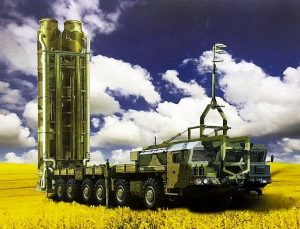
Graphic of Pl-19 Nudol ASAT System: Source-spacewatch.global
What is an ASAT System?
A combination of these open-source statements would define an ASAT system:-
‘…space weapons designed to incapacitate/destroy satellites for strategic/ tactical purposes.’
‘….of or relating to a system, to destroy satellites in orbit.’
What are the Envisaged Roles of an ASAT System?
The roles of an ASAT system are not cemented in stone- they are the result of the prevalent geostrategic calculus and the projected/achievable end-states post use of these systems. The current roles include, in the defensive paradigm, defeating an adversary’s ASAT weapons/guidance systems/communication links or as a foil to overwhelming asymmetry in earth-based military power. In the offensive role, the envisaged roles could include ‘satellite black-out’ of the adversary to remove the capability of tracking own earth-based forces, negating an adversary’s anti-BM defence (BMD) shield, or as a bargaining tool due to danger imposed upon an adversary’s high-value space-based assets like an International Space Station. In domestic use, ASAT systems have also been used to shoot down dead/decommissioned satellites. Be these as they may, the roles of ASAT systems are limited only by the imagination of the user country!
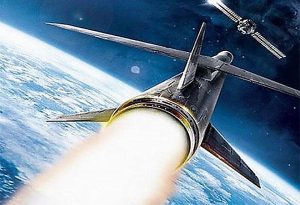
Source: osr.org/mant.hu
Global Development of ASAT systems
Development of ASAT systems dates back to the 1950s, with the US/USSR (later Russia) carrying forward this technology up until the era of the Strategic Defence Initiative (SDI) through the 1980s/early 1990s. It is only in the post-2000 era that China, Israel and India have joined the US and Russia in this niche technological space.
- US. The US Air Force was the lead Service in developing ASAT technology. One of the earliest projects was the Bold Orion Air-Launched BM (ALBM), intended to be launched from the B-47 Stratojet long-range bomber. A mock attack on the Explorer-6 satellite was launched with the ALBM, which passed within 6.4 km- this meant that it would achieve destruction only if armed with a nuclear warhead! A fallout of this was the second ASAT program- Program 437, which envisaged use of the Thor Intermediate-Range BM with a Thermo-Nuclear warhead for intercepting LEO satellites. This was followed by the development of the ASM-135 ASAT weapon, a Miniature Homing Vehicle (MHV) designed to be launched from the F-15 fighter jet, which successfully intercepted and destroyed the US Solwind satellite at an altitude of 555 km on 13 September 1985 with a KW! The US also experimented with use of Directed Energy Weapons (DEW) for ASAT purposes. The Beam Experiments Aboard a Rocket (BEAR) Project was launched in July 1989, which successfully demonstrated propagation of a particle beam in space from an altitude of 90 km (read more at https://chanakyaforum.com/directed-energy-weapons1/). The last known instance of successful use of ASAT technology by the US was on 21 February 2008, when the US Navy destroyed a malfunctioning US LEO spy satellite using a ship-launched Surface to Air Missile. It may be noted that this test produced 174 pieces of detectable satellite debris, the last of which fell to earth almost two years later!
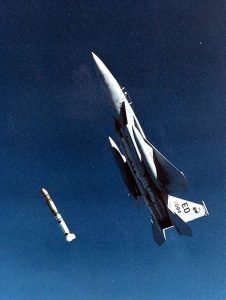
ASM-135 ASAT MHV Launched from a US F-15 on13 September 1985: Source-Wikipedia
- USSR. The Soviet Union carried out its first successful ASAT weapon test in 1968, under the Istrebitel Sputnikov (IS) (‘destroyer of satellites’) Program. The IS spacecraft was radar/optical guided and ‘co-orbital’ (designed to approach the target satellite over one/two orbits and then destroy it by exploding a shrapnel warhead in close proximity). The Soviets also launched the secretive Almaz Space Station Program in the 1960s, which included equipping three Salyut military reconnaissance space stations (launched in the 1970s) with the Rikhter 23 mm rapid-fire cannon. The Almaz series are the only armed, crewed military spacecraft known. While a number of intermediate tests were carried out, the world’s first successful intercept of a target spacecraft was carried out by the Soviets in February 1970. The test achieved 32 hits, with each capable of penetrating upto 100 mm of armour! Prompted in the Cold War era by the US ALBM ASAT weapon developments, the USSR developed the 79M6 Kontakt KW in the early 1980s, designed to be launched from modified MiG-31 fighter jets to hit spacecraft at altitudes of 120-600 km and envisaged to destroy 24-40 spacecraft within 48 hours! The USSR also experimented with DEW, with the attempted launch of the Polyus orbital weapons platform in 1987, armed with a megawatt carbon-dioxide LASER (still the most powerful continuous-wave LASER developed to date). The project, however, failed on launch. Interestingly, there are also claims that the Space Shuttle Challenger was briefly illuminated during its 6th orbital mission on 10 October 1984 by an Infra-Red (IR) LASER DEW from Terra-3, a Soviet LASER testing centre in Central Asia. This allegation was however denied.
- The Era of SDI and Later. The similarity of performance requirements of ASAT and BMD systems, with each being capable of high-speed space/near-space intercepts, led to frequent interchanging of roles of both systems. The SDI era also saw the US and USSR/Russia looking at developing more discerning systems, which could pinpoint an adversary’s satellites with minimum/ no collateral damage. The US planned to use the MHV as the basis for further ASAT development and unfolded a four-stage ASAT development plan, commencing with a satellite constellation that would deploy close to 5000 KW in LEO. Subsequent stages were to graduate to larger platforms and DEW (mentioned above). The first stage, proposed to be deployed by 2000, galvanised the USSR to match this timeline with their own orbital deployment, leading to the attempted launch of The prohibitive costs involved forced both countries to scale back R&D associated with the SDI in subsequent years. However, the development of the Sokol-Eshelon LASER DEW based on the Beriev-A 60 aircraft, intended for the Russian Aerospace Forces, is a testimony to Russia’s re-energisation of its ASAT program. Russia also reportedly successfully tested the Nudol for the first time in November 2015, with subsequent launches from a TEL. The November 2021 Kosmos satellite hit was preceded by two DA tests in April and December 2020. The US has similarly continued development of favourable technology including the Experimental Satellite System (XSS-11), designed for automatic-rendezvous and manoeuvring in close proximity to orbital bodies and the Near Field IR Experiment (NFIRE), which was designed to house a KW.
- China. China has been delving in ASAT R&D since 1964 and has concentrated on the development of three distinct systems- DA KW, DEW and microsatellites, which could be used as ‘kill-vehicles’ themselves or to deploy KW/explosive warheads. In 2006, a LASER was used to briefly illuminate some US satellites, thus demonstrating an ASAT DEW. In 2008, China launched a micro-satellite in close orbit to the International Space Station, which served as a technology-demonstrator for this lethal capability! In January 2010, a SC-19 successfully destroyed a CSS-X 11 BM, thus demonstrating dual ASAT/Anti-BM capabilities! A May 2013 SC-19 test, with a stated scientific payload, could have been the first test of a ground-based ASAT weapon system, designed to target geostationary satellites. A similar test in February 2018 of an exo-atmospheric vector, the Dong-Neng 3, is also likely to have been an ASAT weapon test. It is also reported that the PLA has commenced formation and operational training of ASAT units.
- India. India’s venture into development of ASAT weapons began with the announcement on 10 February 2010 by then DRDO Chief and Scientific Advisor to the RM, that India ‘had all the building-blocks necessary’ for development of an ASAT weapon to neutralise hostile satellites in LEO/ Polar Orbits. India joined a handful of countries with Mission Shakti on 27 March 2019, wherein a ground-launched KW successfully struck Microsat-R (an indigenous experimental imaging satellite) in LEO at an altitude of 300 km. The selection of an LEO target was to ensure the debris would fall back to earth in the shortest possible time. 270 pieces of satellite debris were tracked from this test. India’s unambiguously stated aim of developing only deterrent and not offensive ASAT capabilities prompted an invitation from Russia for India to join the Russo-Chinese proposal for formulation of a treaty against weaponisation of space!

Screengrab of Mission Shakti ASAT System:Source-DRDO
- Israel. Not much is known whether Israel is pursuing an active ASAT program. However, Israel Aerospace Industries and Boeing of the US have jointly developed the Arrow-3 Exo-atmospheric Hypersonic Anti-BM vehicle. The kill-vehicle has thrust-vector-control capability, allowing it to quickly divert towards space-based targets. These capabilities might have prompted the Chairman of the Israel Space Agency to express confidence in the vector’s capability to function as an ASAT weapon.
Are ASAT Weapons a Boon or Bane?
It is evident that ASAT weapons represent the cutting-edge of military technology and possess the capability to cripple an adversary’s spacecraft, either by DA ASAT weapons or space-based satellites offering KW/EM kill options. What needs to be remembered, however, is that adequate redundancy is likely to be available to the target Nation in terms of satellite resources, which would mean that any ‘satellite-kill’ is likely to only cause temporary disruption. Another significant aspect is that the extensive effort involved in calculating the relative movement of the ASAT vector and a target traveling at approximately 10 km/sec (36,000 Kmph) could be negated by a small alteration to the satellite’s trajectory, thus defeating the kill attempt. Targeting navigation satellite systems of countries (US, Russia, EU, China and Japan enjoy current deployment, with India likely to soon join this group) poses a more severe challenge due to flight altitudes of these satellites being in excess of 20,000 km. Communications satellites are also likely to be orbiting at similar altitudes. Space-based ASAT deployment and use of DEW (LASERS/Microwaves) might obviate some of these disadvantages but pose intense technology requirements and prohibitive costs.
Another ominous fallout of use of KW ASAT is the creation of dangerous space debris, which takes several years to decay/fall to earth, posing a severe threat to own/friendly spacecraft. This also contributes to the Kessler Syndrome, a scenario wherein this debris significantly increases the density of objects in LEO, causing a ‘collision cascade’ which generates further debris, leading to a frightening self-sustaining collision effect that could jeopardise all spacecraft deployed at these altitudes and severely cripple global routine functioning!

Space Debris Visible from High-Altitude Orbit:Source-Wikipedia
Conclusion
While the prospect of ‘star-wars’ technology might be alluring and signify a Nation’s progress in the field of space-based technology, Nations would do well to tread this path of development of ASAT technology with caution, lest the world is sooner than later faced with a technological winter- a period of global technology blackout in what could be termed as a counterpart of the Cold War-era phase of Mutually Assured Destruction!
Disclaimer
The opinions expressed in this article are the author’s own and do not reflect the views of Chanakya Forum. All information provided in this article including timeliness, completeness, accuracy, suitability or validity of information referenced therein, is the sole responsibility of the author. www.chanakyaforum.com does not assume any responsibility for the same.
Chanakya Forum is now on . Click here to join our channel (@ChanakyaForum) and stay updated with the latest headlines and articles.
Important
We work round the clock to bring you the finest articles and updates from around the world. There is a team that works tirelessly to ensure that you have a seamless reading experience. But all this costs money. Please support us so that we keep doing what we do best. Happy Reading
Support Us






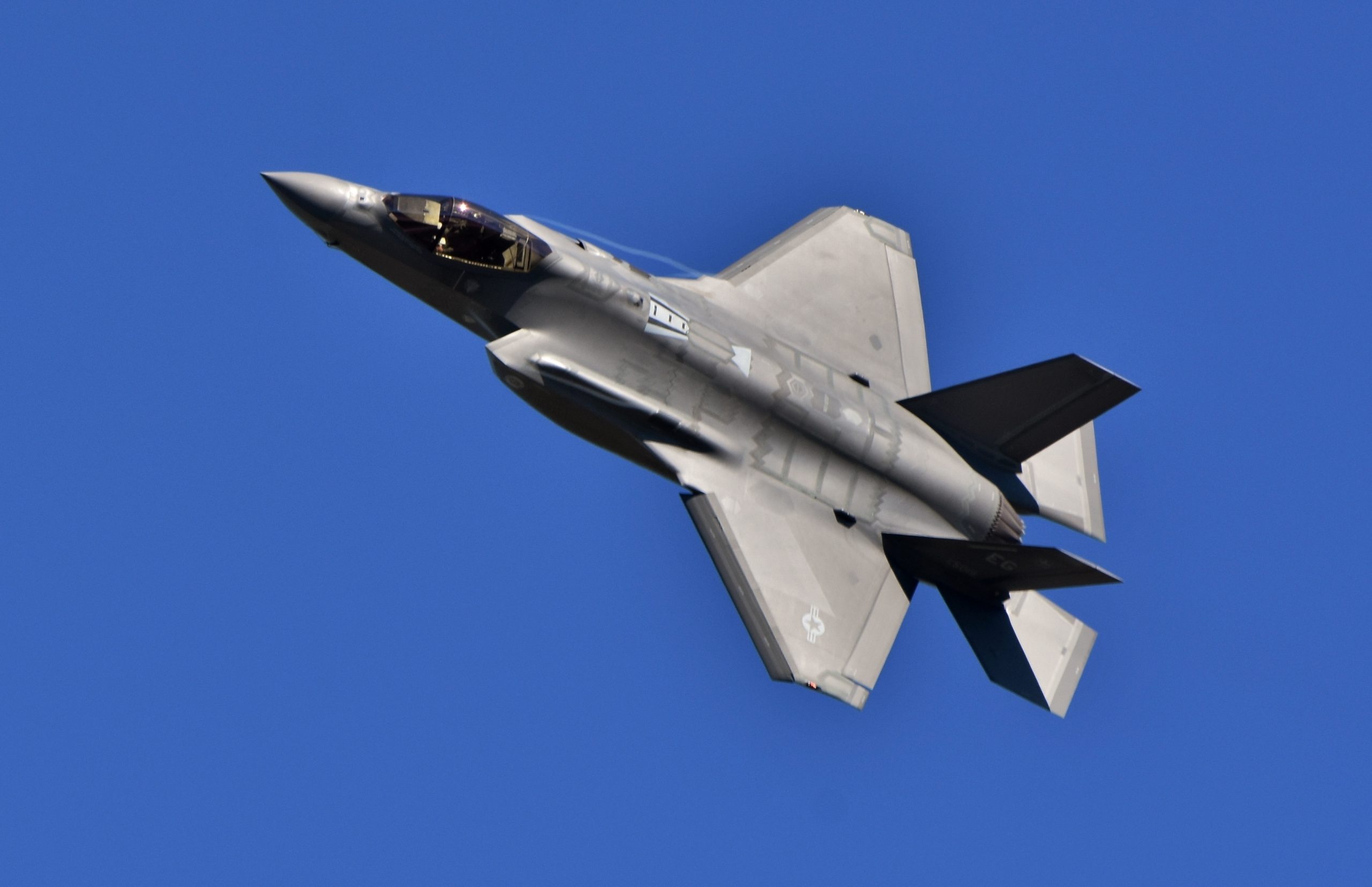




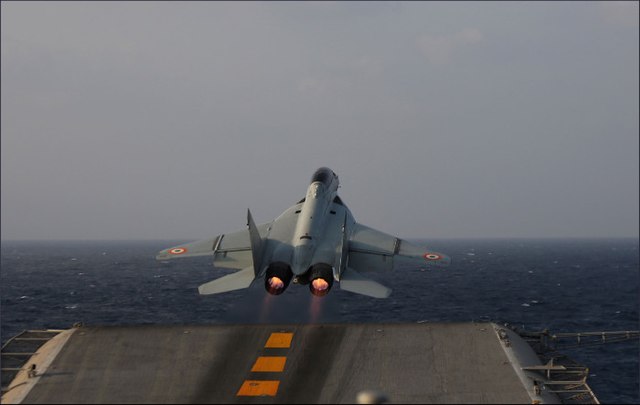









POST COMMENTS (2)
India’s Military Satellites: The Armed Forces’ Bulwarks For Communication & Surveillance! - Chanakya Forum
R S Dadhwal